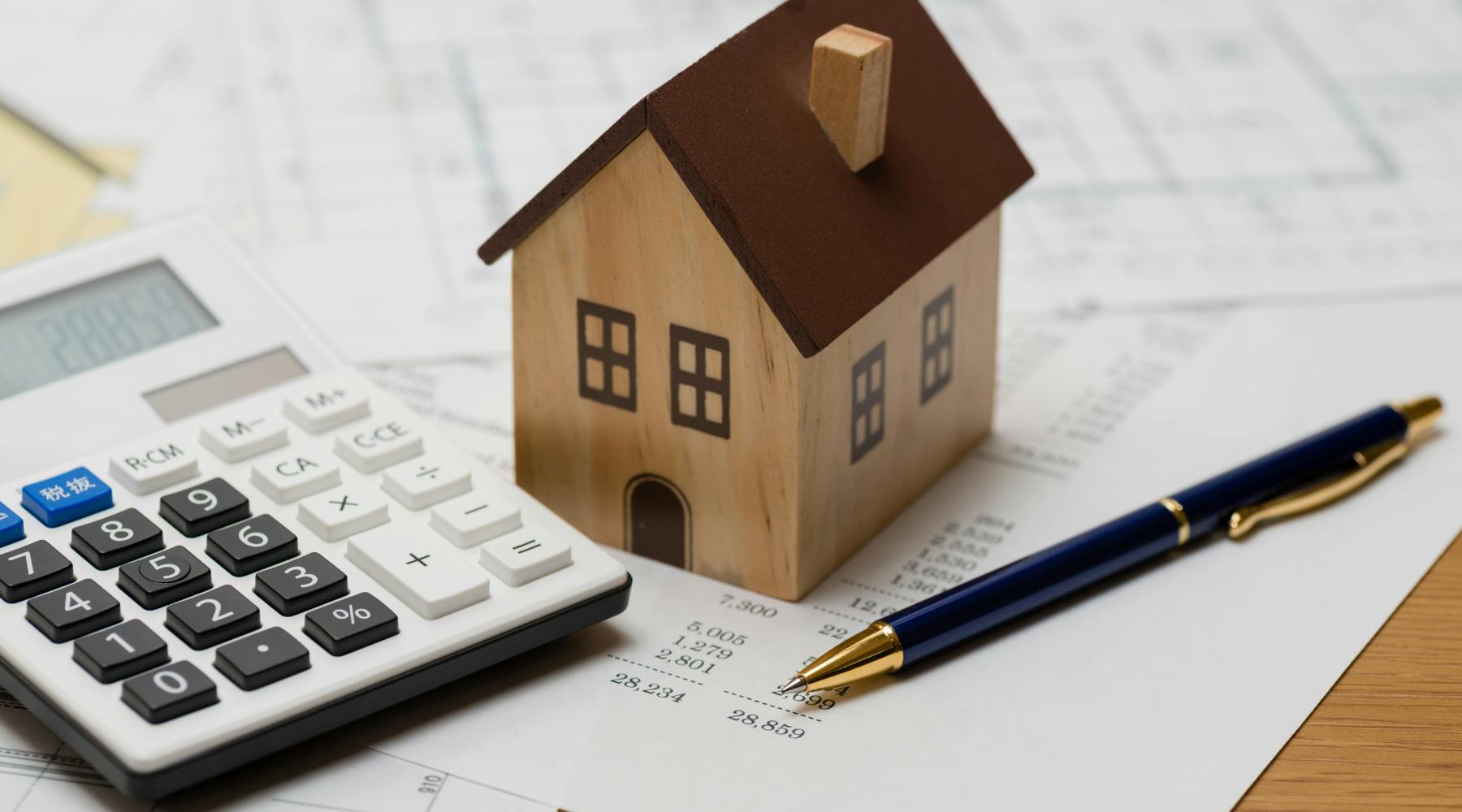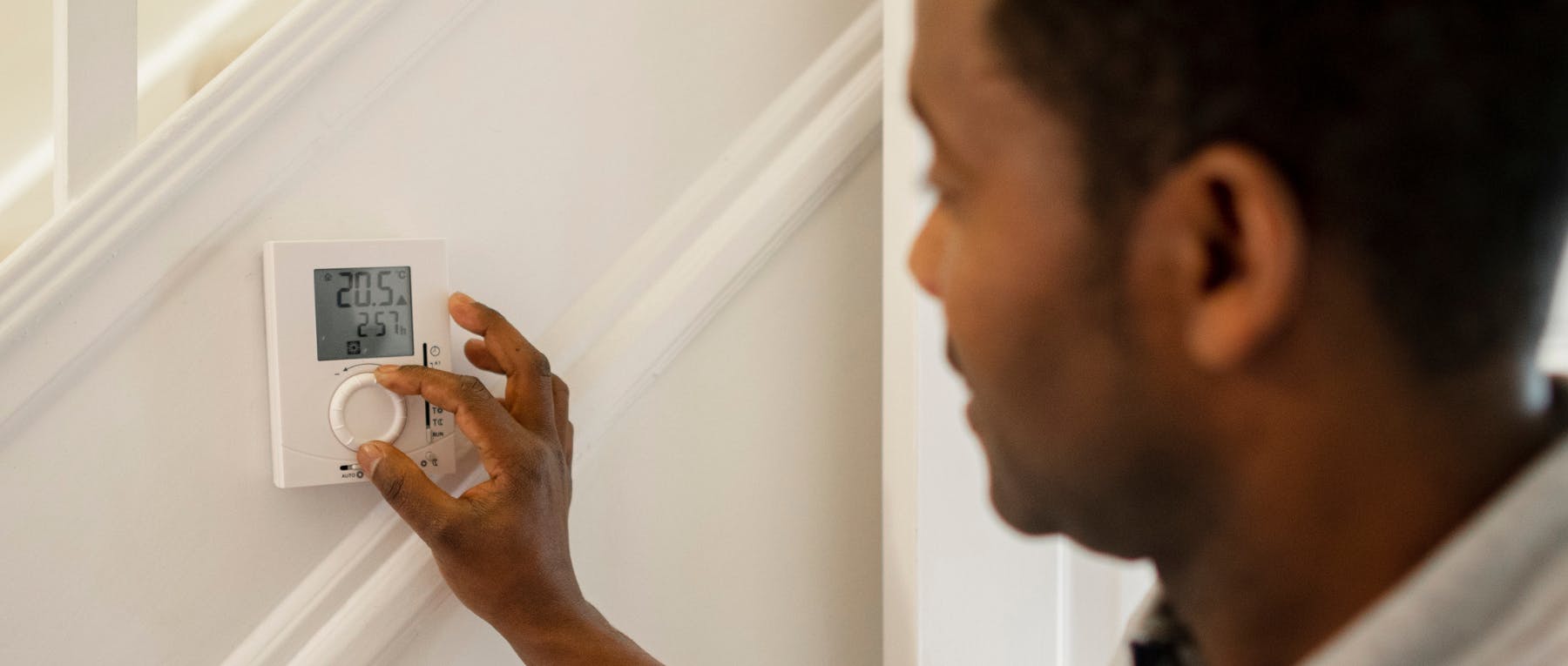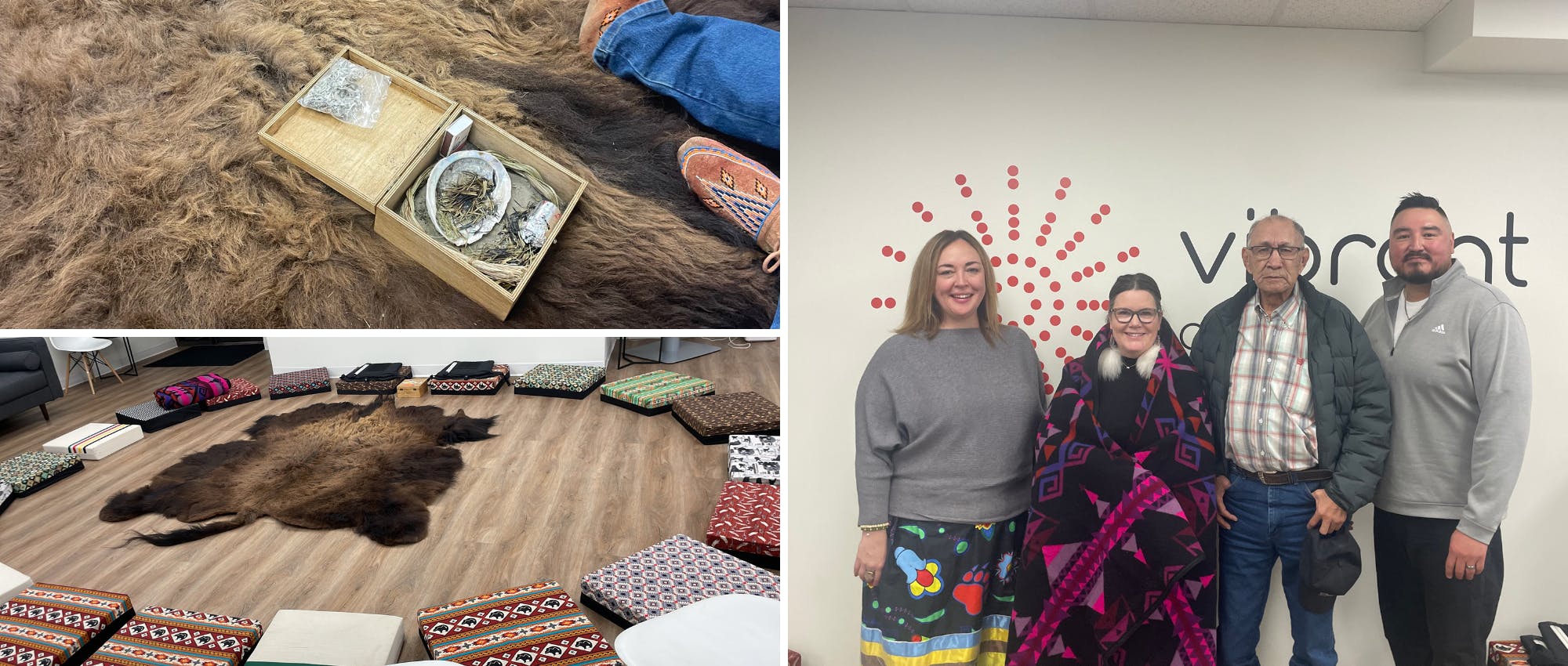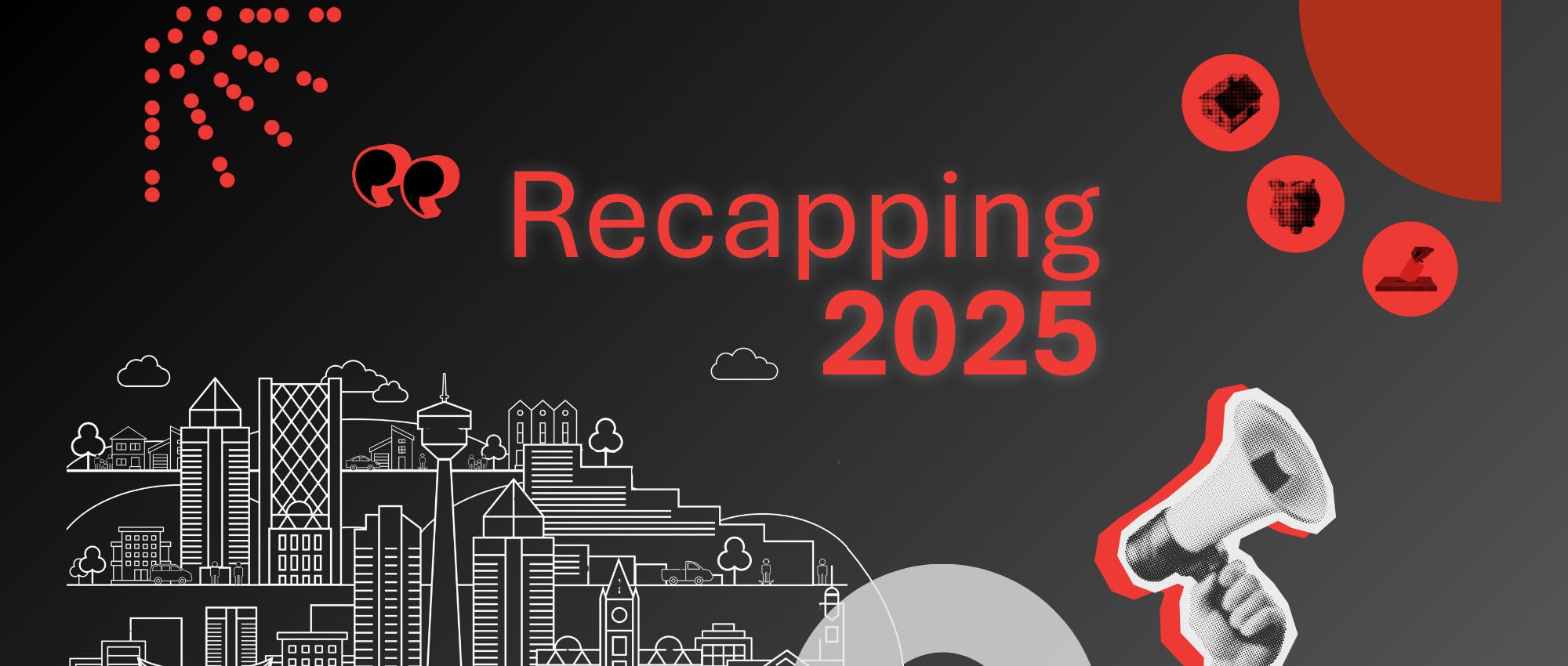We’ve all witnessed energy bills creeping up recently and high prices are compounding the effects of the cost of living crisis. We sat down with energy efficiency advocate Yasmin Abraham to talk about energy poverty and a new program that's helping Calgarians living on low incomes make necessary upgrades to lower their bills.
How is rising energy costs impacting low-income individuals and families?
There isn’t enough concrete research to answer with a high degree of certainty. However, speaking anecdotally, many of the individuals in our programs have spoken to us about challenges they’re facing. From what we’re seeing, bills are higher than they were a few years ago and a high inflation environment is exacerbating pre-existing stressors. The challenge ultimately comes down to individuals and families being forced into tough compromises; in some cases, they may be choosing between whether to heat or cool their home or allocate that money towards another life necessity, such as groceries or health expenses.
What is energy poverty? How big of a problem is it in Alberta?
There are multiple ways to look at energy poverty. However, put simply, energy poverty is the experience of being unable to afford to comfortably heat or cool your home, or power your lights and appliances. From a numbers perspective, households living in energy poverty allocate a disproportionate amount of their income towards home energy needs. In Canada, the median household spends less than 3% of after-tax income on meeting their home energy needs. When a household spends 6% or more of their income on home energy needs, they are considered to be living in energy poverty.
Energy poverty affects about 1 in 5 residents in Canada. This is a big driver behind our decision to launch the Home Upgrades Program. In the first ten weeks following the launch of the program, applicant incomes were on average 48% lower than the Stats Canada low-income cut-offs, while energy bills were on average 37% higher than bills paid by the average Albertan.
I also want to emphasize that energy poverty is a complex experience that can impact many demographics. Efficiency Canada highlights the three main issues driving energy poverty as low incomes, high energy prices, and/or energy-inefficient homes. In this sense, it’s more than just a question of income. People living in energy poverty include homeowners and renters, people from all different backgrounds, and even individuals who may not fall into “low-income” brackets but are perhaps living in older, more inefficient homes that require major/costly upgrades and repairs. Based on 25% sample data in the 2021 census, there were 22,780 homes in Calgary alone that were listed as requiring major repairs. This whole experience compounds when households cannot afford to upgrade their homes or don’t qualify for loans. Meanwhile, they may face the risk of utility disconnections or could be caught in a cycle of arrears with no way to reduce their energy bills.






